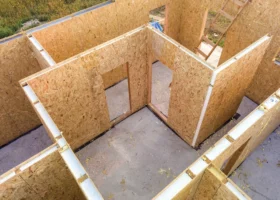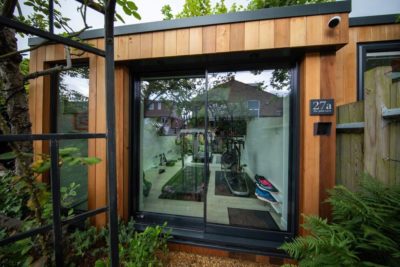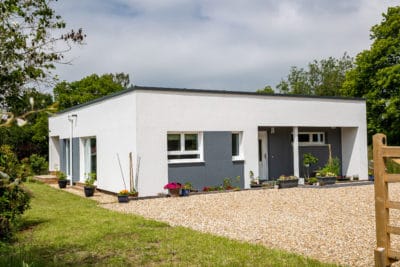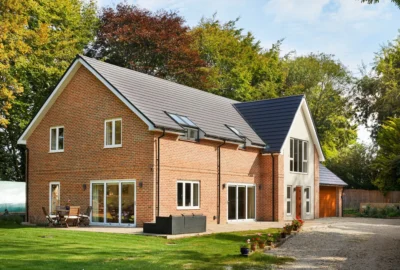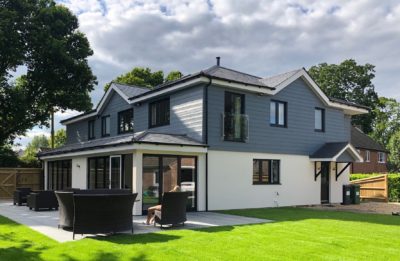3 Steps to a Successful Timber Self Build
Modern, offsite-manufactured timber building systems offer a wide range of benefits if you’re creating a high-quality, bespoke home from scratch.
From design flexibility, cost and programme certainty through to sustainability, enhanced energy performance, build quality assurances and quick construction timescales – structural timber solutions are a hugely popular route for self builders. But what do you need to know to move your project forward?
1. Design
Finalising the plans and layout of your new home is the first port of call on your self build journey. The design needs to suit your needs and budget, respond to the plot or property you’re working with and meet with your local planners’ approval. But it’s also important to consider buildability from the very early stages.
That’s why it’s a good idea to involve your structural system provider as soon as possible. They can work alongside you and your architectural team to identify opportunities you might otherwise miss, rationalise the structural design and help you get best value for money. Some suppliers offer in-house architectural services, too.
Establishing a clear vision of your budget early on in the process is vital – don’t be afraid to be open about what you can realistically afford. Is sustainability a big consideration for you? Make sure you check that your timber home supplier uses timber from PEFC or FSC-certified sources, plus they can incorporate products such as high-performance or eco-friendly natural insulations into your self build project to deliver a low-energy property with low running costs.
2. Choose a Supplier
Building a new high-quality and individual home is likely to be the biggest investment you ever make – both financially and in terms of your future lifestyle. So, you’ll want to work with an experienced partner who can provide a complete structural design and build solution.
There are three main types of timber construction methods – closed panel timber frame, SIPs or oak frame. Timber home suppliers tend to specialise in one of these structural systems, so look up the pros and cons of each type and shop around to see which firm is right for you.
Companies that are Structural Timber Association (STA) members will offer extra confidence as you take your project forward. The organisation’s quality and standards scheme, STA Assure, requires members to undergo regular assessments and meet minimum requirements in areas such as site safety, training and quality checking.
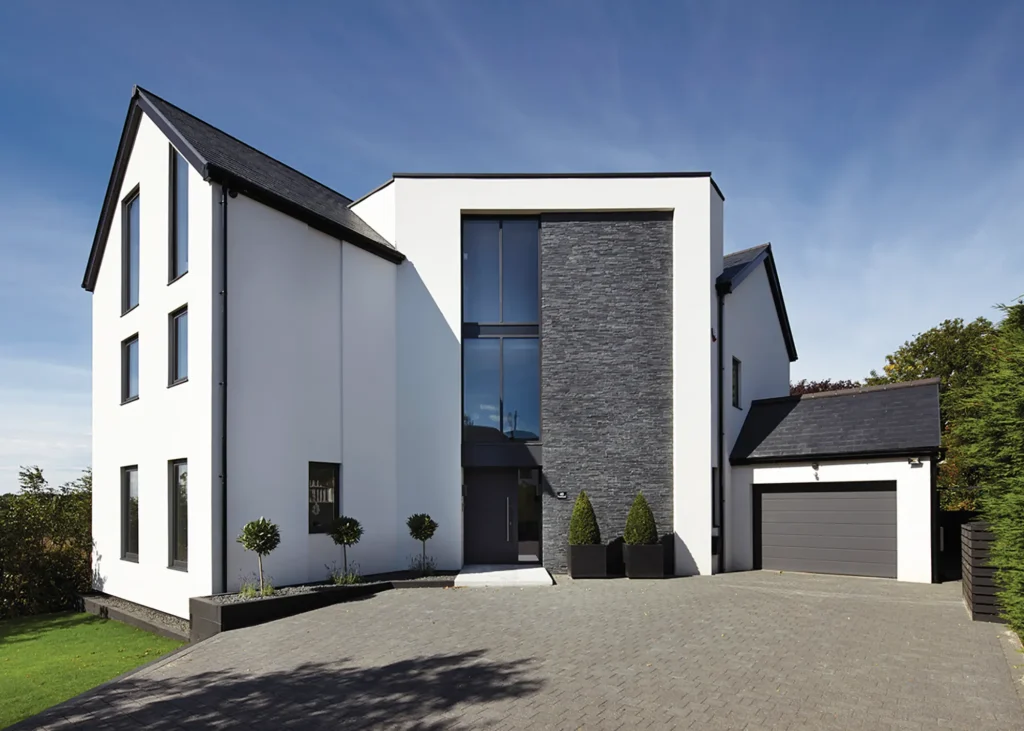
This amazing home was built using structural insulated panels from STA member SIPCO
Always source initial quotes from two or three STA suppliers, providing a full design brief and specification so that you can ensure you’re comparing like for like. Before you make your final choice, speak to previous clients, visit a live site and take a tour of their factories. This will give you the best chance to understand how they work and the quality of their products – not to mention an opportunity to go through the quote in detail with their expert teams before you sign on the dotted line.
3. Build
With your plans approved and a chosen house shell provider on board, it’s time to fully develop the structural design alongside your specialist supplier. You’ll need to think about how much involvement you want in the project. Self-managing the works is a common choice, and can dovetail well with offsite manufacture.
This route gives you the confidence that the pros will deliver your watertight house shell, ready for your own trades to finish inside and out. You can also take a more hands-on route, or appoint a main contractor to deal with everything.
Whichever project route you decide to go with, the weathertight shell of your new home will be installed on site in a matter of weeks, usually to a fixed price and according to the schedule you’ve agreed with your supplier. You or your main contractor/project manager will need to ensure the next steps in the sequence are lined up well in advance. These will include first-fix heating, plumbing and electrics, external claddings and roof coverings, and the glazing.
| The Structural Timber Association is the UK’s leading organisation representing the structural timber sector. Working with an STA member company gives you the confidence that they are meeting its STA Assure criteria, designed to underpin the highest levels of quality and performance. Find out more by visiting the STA website. |
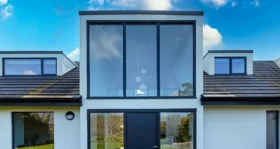
































































































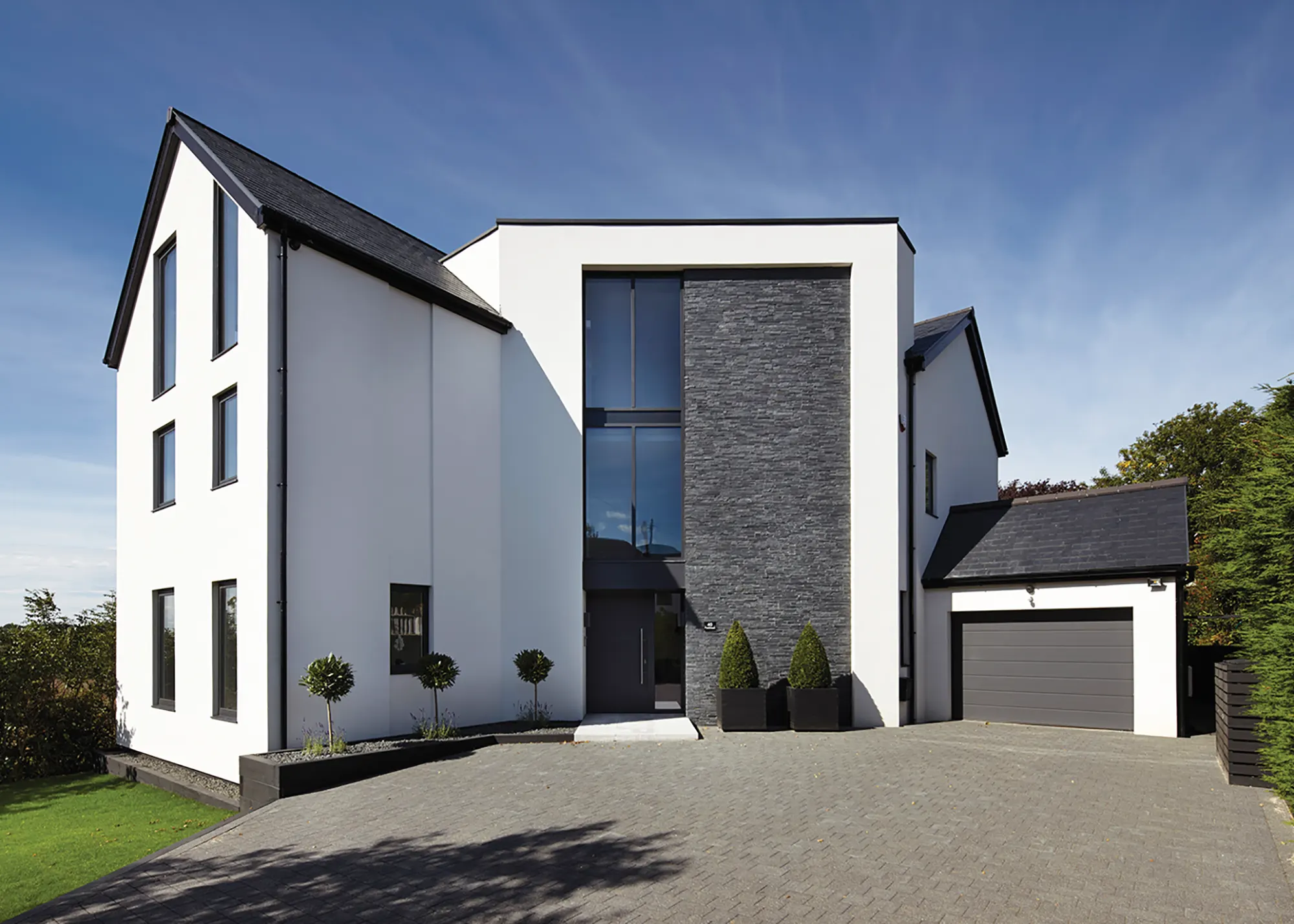
 Login/register to save Article for later
Login/register to save Article for later

